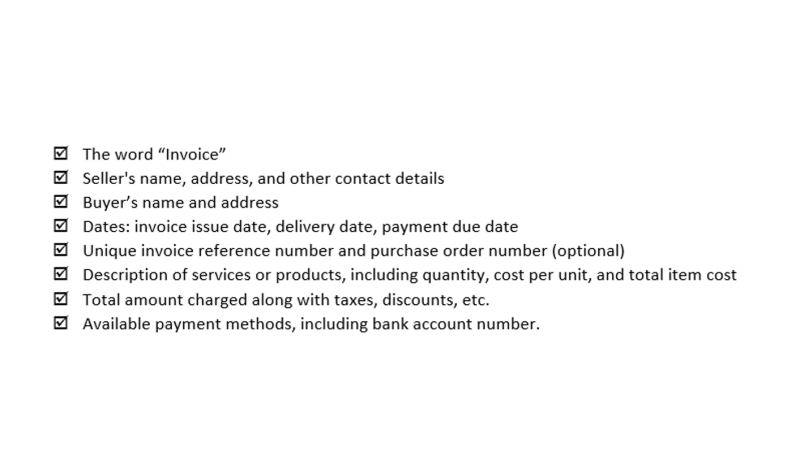
This ensures the asset’s cost is correctly reflected in your financial statements. The main objective of a journal entry for depreciation expense is to abide by the matching principle. Now that we’ve discussed what depreciation and depreciation journal entries are, let’s talk about the types of depreciation journal entries. There are different types of journal entry methods that businesses can use. The process for recording journal entries for all types remains the same; however, the journal entry totals will differ according to the depreciation method a company uses.

Cash Application Management
In this blog, we’ll walk you through the fundamentals of depreciation accounting entry. In accounting, the matching principle says we should record expenses in the same period as the revenue they help generate. Depreciation solves this by spreading the cost cash flow of the asset over its useful life.
Journal Entry for Depreciation: 7 Common Mistakes and How to Avoid Them
Finally, depreciation is not intended to reduce the cost of a fixed asset to its market value. Market value may be substantially different, and may even increase over time. Instead, depreciation is merely intended to gradually charge the cost of a fixed asset to expense over its useful life. As an accountant you record depreciation as an expense on the income statement, reducing the net income and the earnings per share. However, depreciation does not affect the cash flow of the business, as it is a non-cash expense.

AccountingTools
Therefore, we add depreciation back to the net income in the cash flow statement, which increases the operating cash flow. These are the straight-line method, double declining balance method (DDB), Sum of the Year Digit method (SYD), and Unit of Production method. This accelerated method applies a fixed percentage to the asset’s book value, resulting in higher depreciation expenses in the early years. LiveCube further allows users to do a one-time set up automation for journal entry postings. Journal Entries can also be customized based on individual system records.

Every business Coffee Shop Accounting has fixed assets—computers, office furniture, machinery, or company cars—that serve the business over an extended period. Depreciation and a number of other accounting tasks make it inefficient for the accounting department to properly track and account for fixed assets. They reduce this labor by using a capitalization limit to restrict the number of expenditures that are classified as fixed assets.
- The part where you reduce the equipment’s value is recorded in the journal entry for accumulated depreciation.
- But don’t worry, the process of recording depreciation is similar for all of them.
- This ensures the asset’s cost is correctly reflected in your financial statements.
- HAL ERP simplifies the process for you, ensuring accuracy and compliance at every step.
- Just book an appointment for an exploratory call with our subject matter expert.
- Accounting for depreciation provides an accurate picture of a company’s financial status by aligning the cost of an asset with the periods in which it generates revenue.
The cost of tangible assets is spread over a period of time according to their useful life. A depreciation journal entry is important because it helps businesses adhere to the matching principle and the accounting standards. To record an accounting entry for depreciation, a depreciation expense account is debited and a contra asset account (accumulated depreciation) is credited. Apart from which of these are parts of the journal entry to record depreciation? this, businesses need to understand where and how the entries go on financial statements, and the depreciation method they should use.

Instead, the increase is recorded separately—typically as a revaluation adjustment or appreciation—to reflect the asset’s new fair value on the balance sheet. A depreciation expense represents the portion of an asset’s cost that is allocated as an expense in a specific accounting period, reflecting its gradual loss of value. This expense appears on the income statement and helps match the asset’s cost to the revenue it generates.
For example, if you are using the straight-line method, the depreciation amount should be the same every year. If you’re not sure, check with your accountant or review your company’s depreciation policy. This can cause confusion in your financial statements and make it hard to track the true value of your assets.
